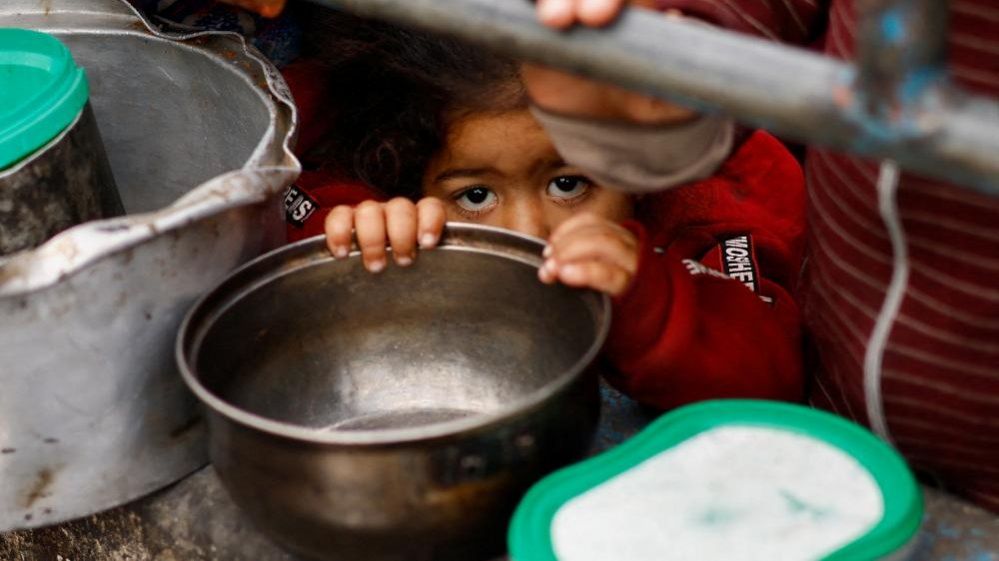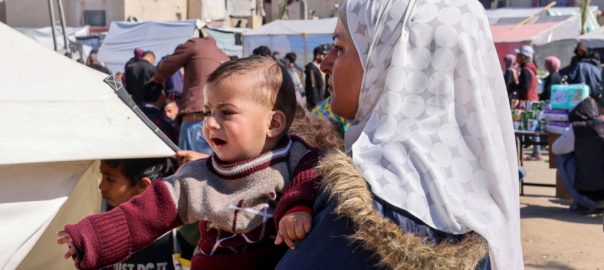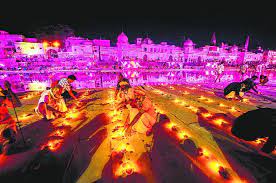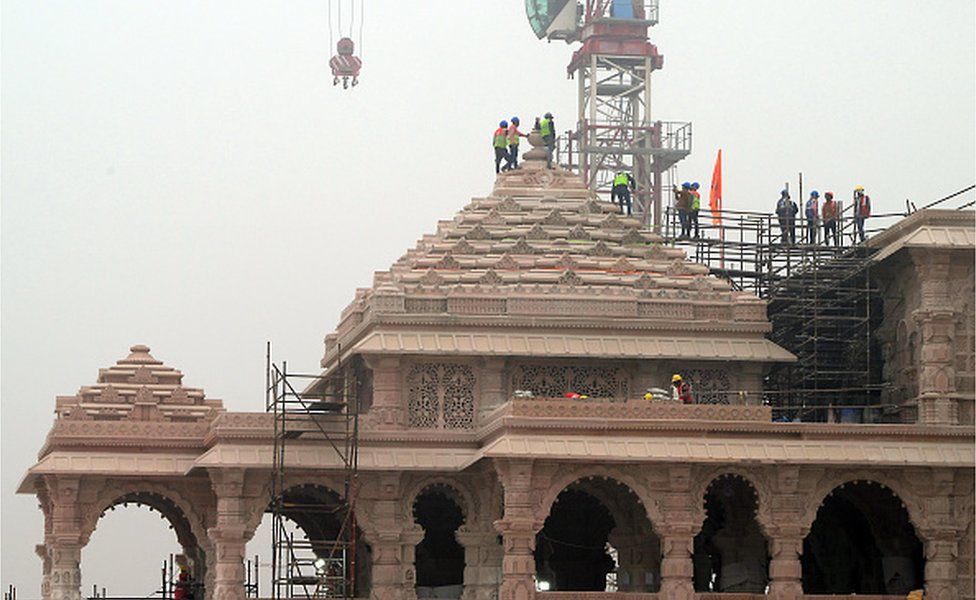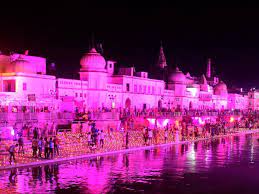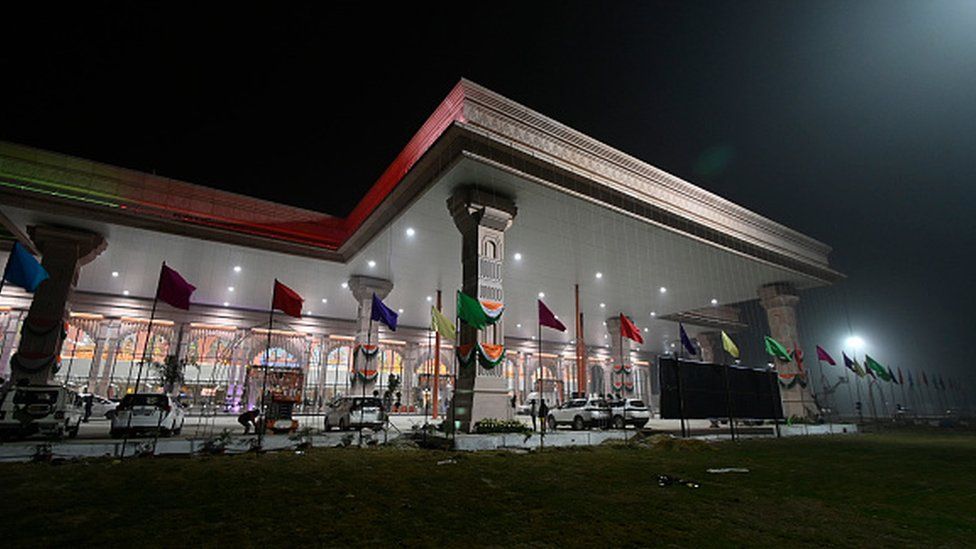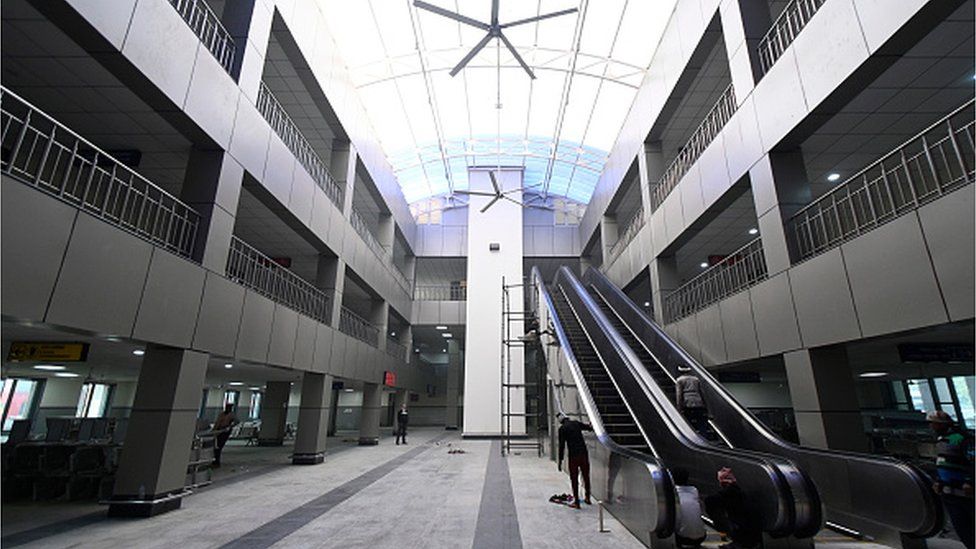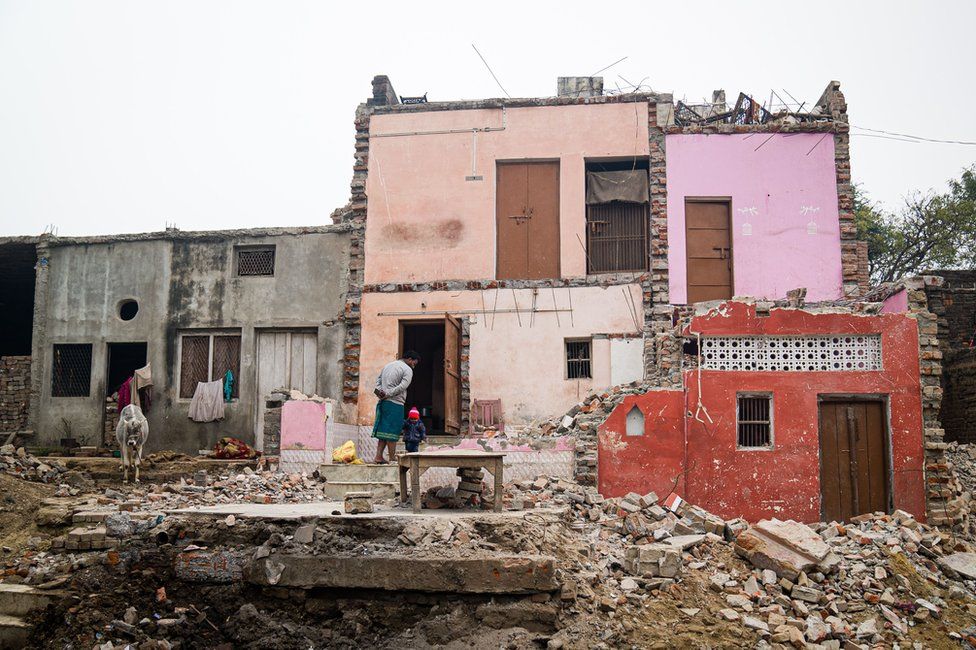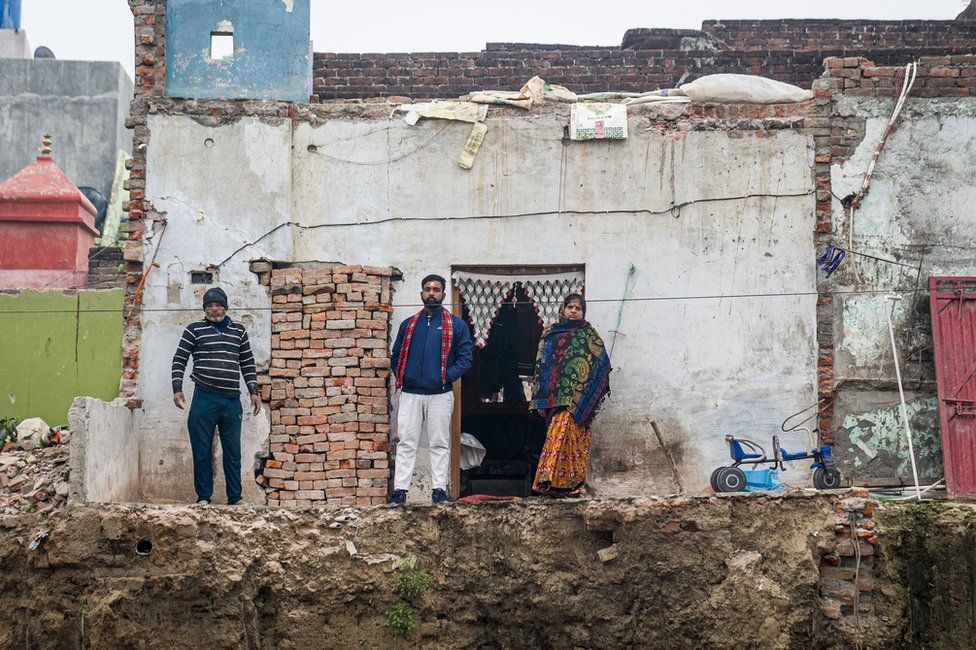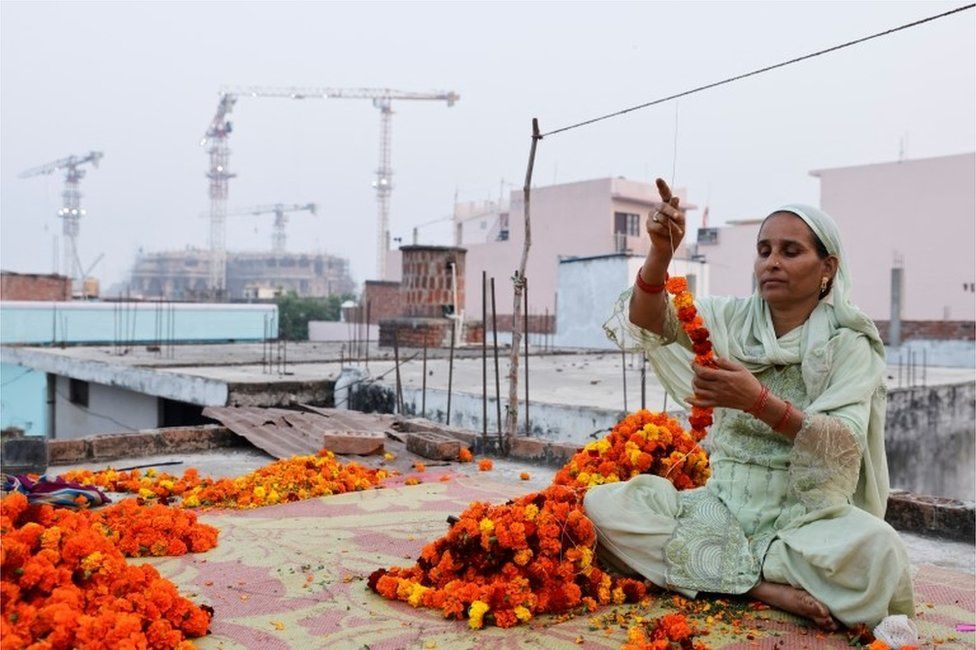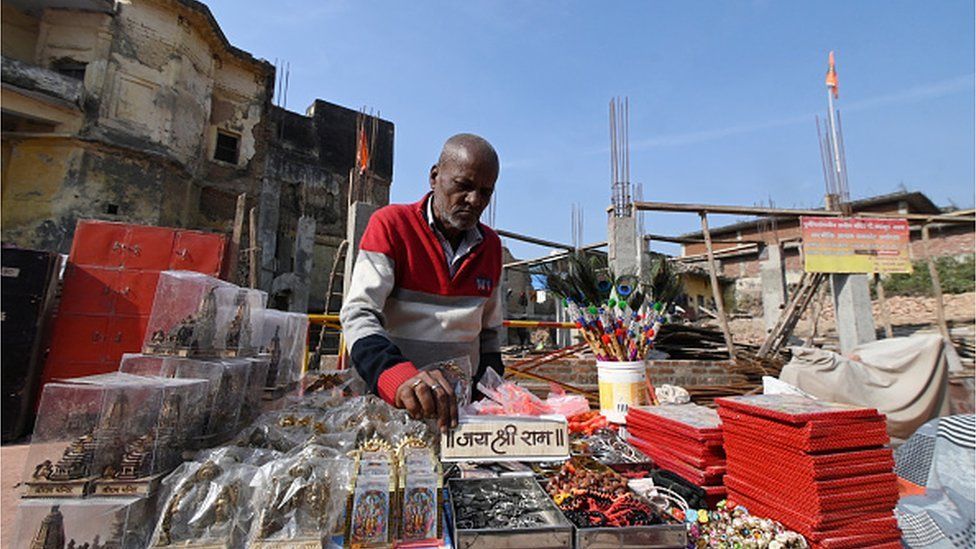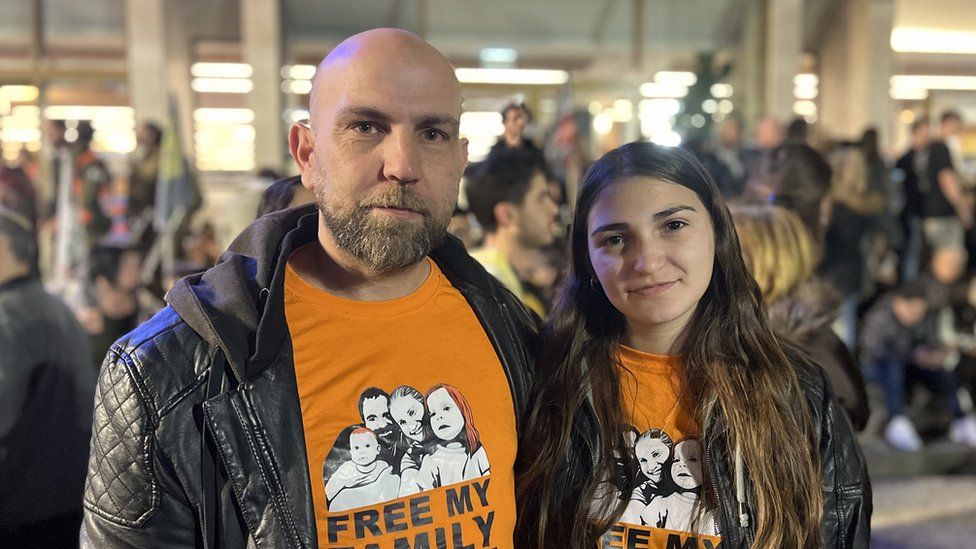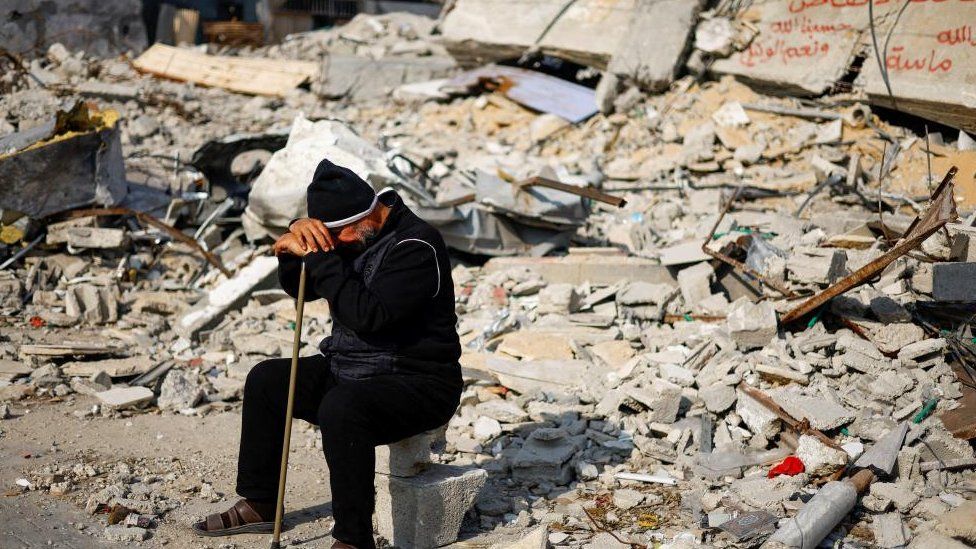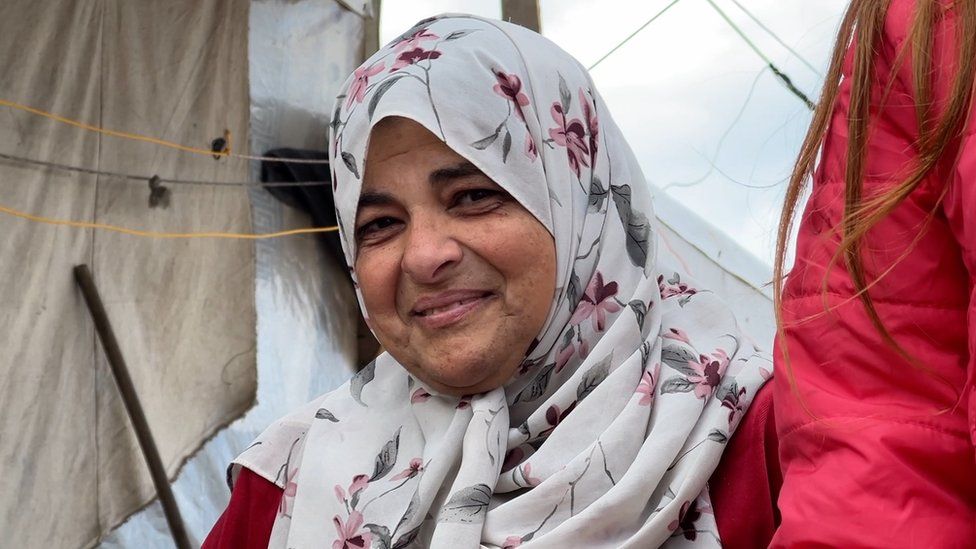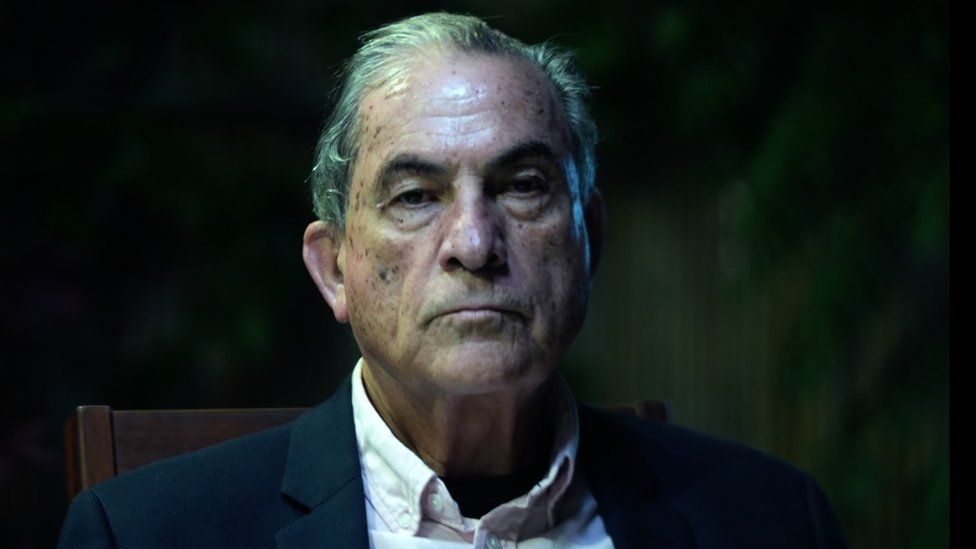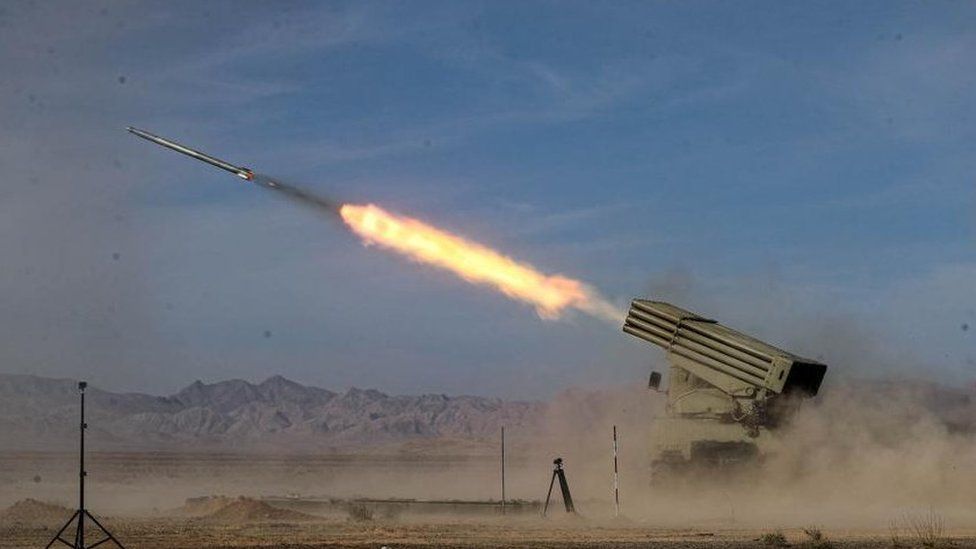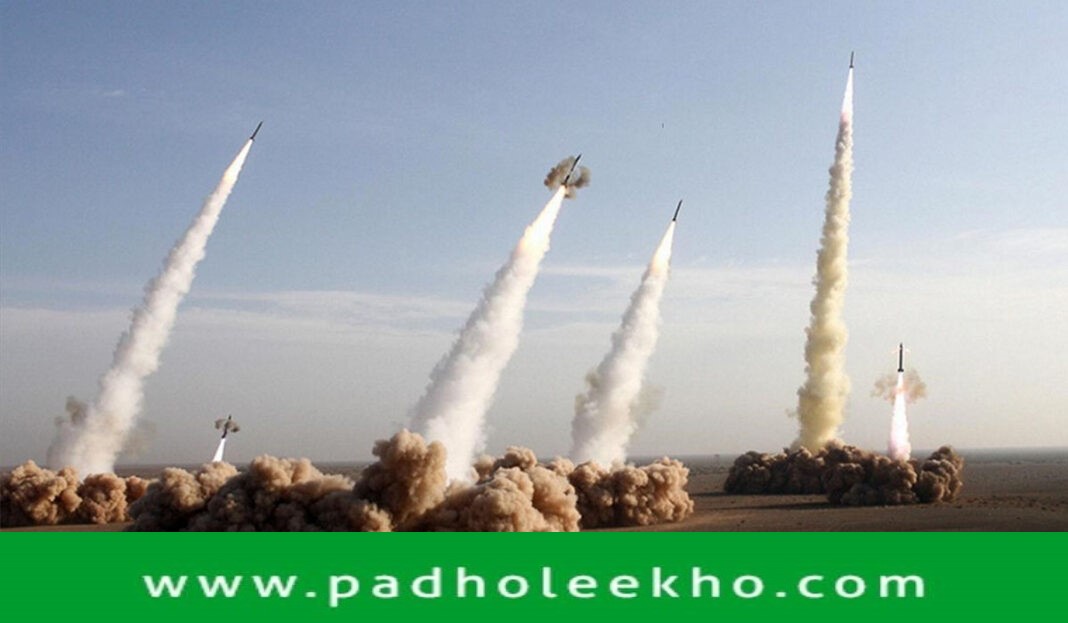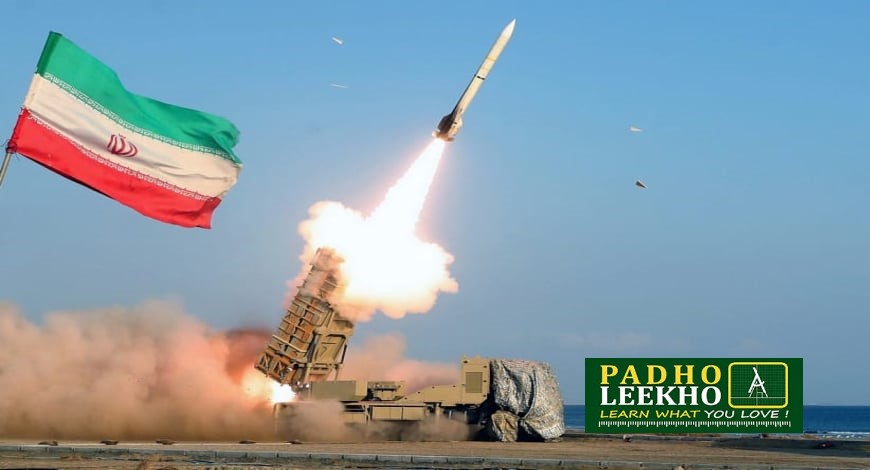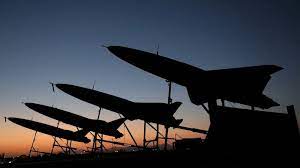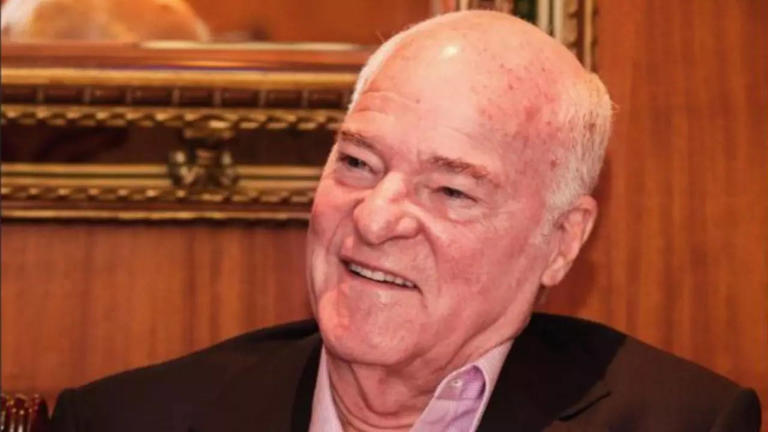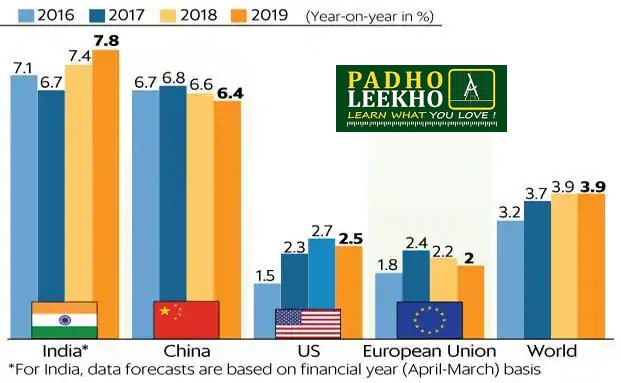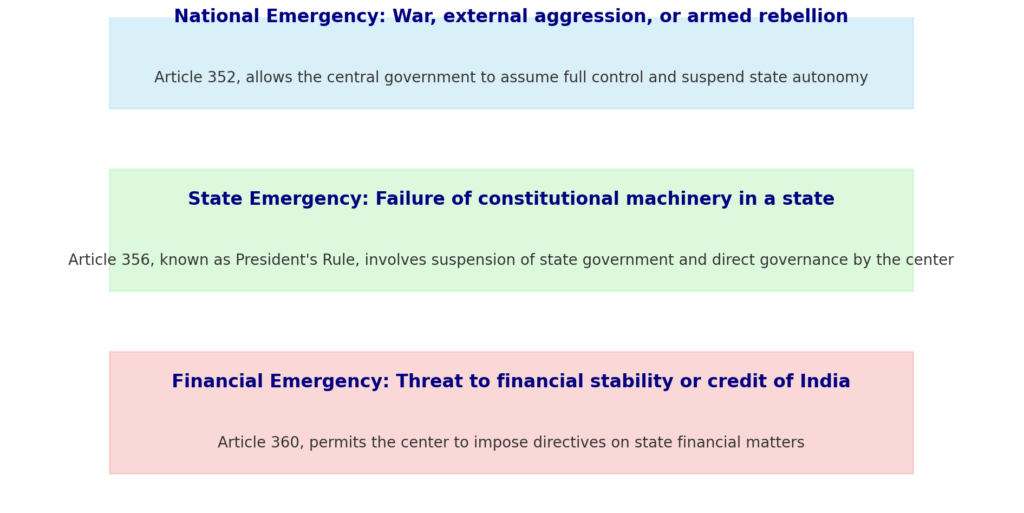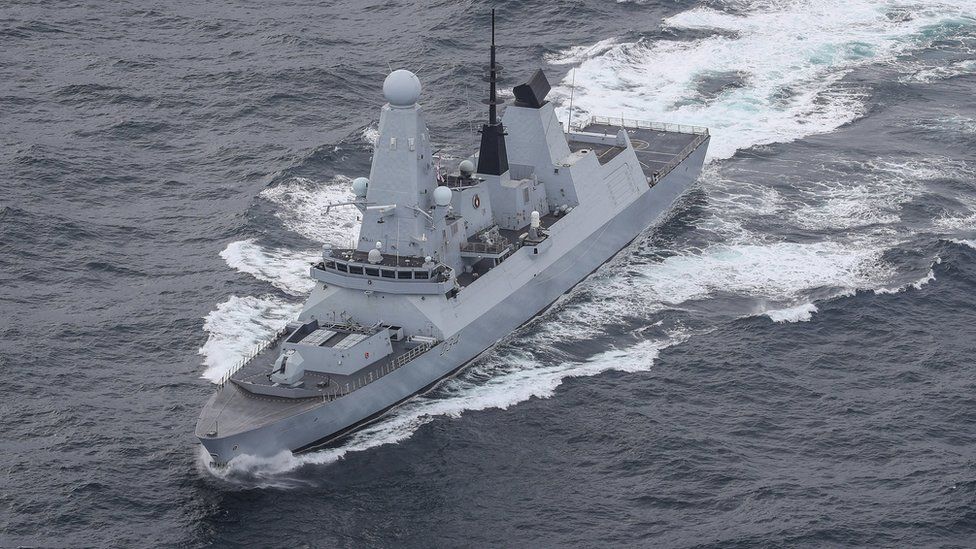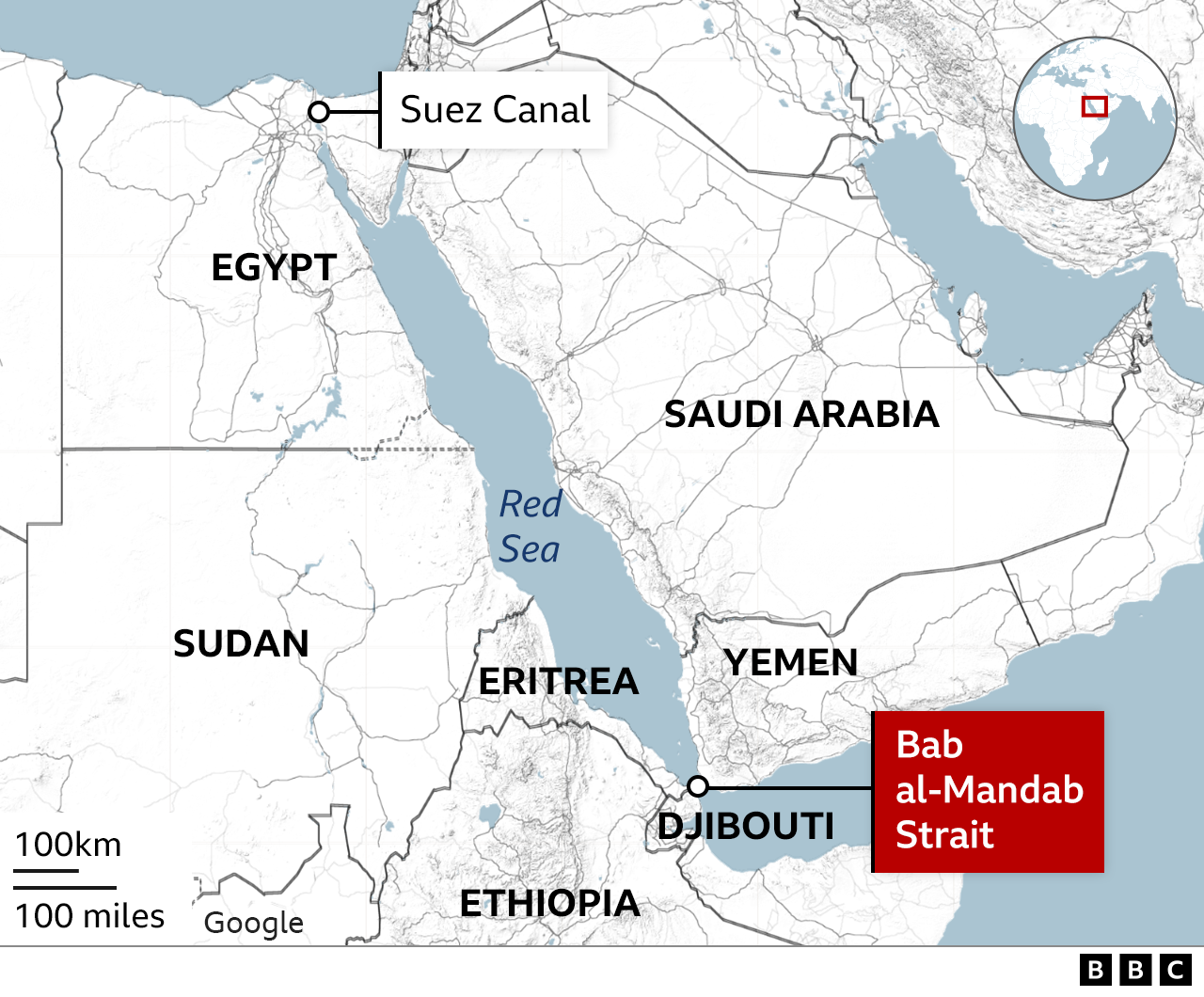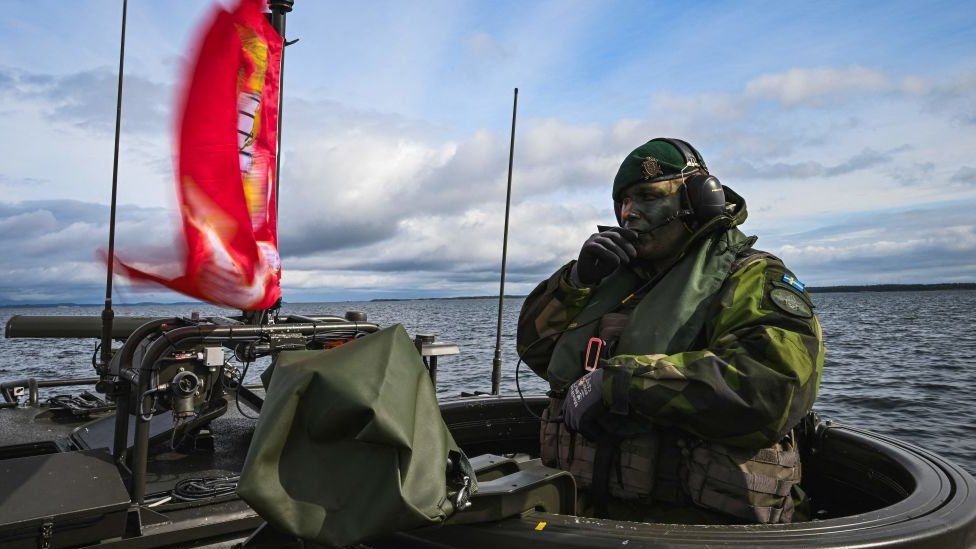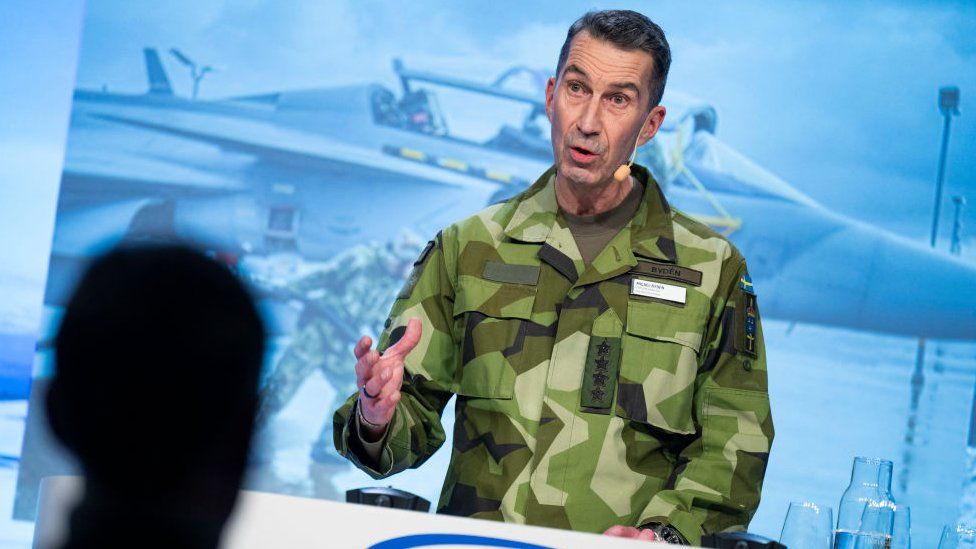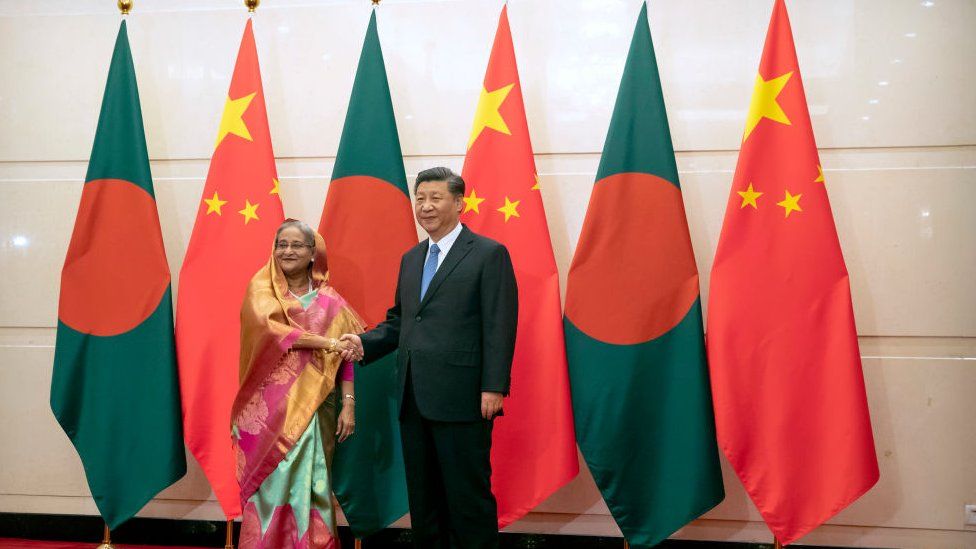Introduction: Understanding Emergency Provisions
The Indian Constitution, a living document, is equipped with a set of emergency provisions designed to safeguard the nation’s integrity and its citizens during times of crisis. The concept of emergency provisions is a fundamental aspect of the Indian Constitution, designed to safeguard the nation and its citizens during times of crisis. These provisions are a testament to the foresight of the framers of the Constitution, who understood the need for extraordinary powers in extraordinary circumstances. This blog aims to provide an exhaustive understanding of these provisions, their implications, and their historical applications.
Historical Context of Emergency Provisions
The emergency provisions in the Indian Constitution were conceived against a backdrop of political turmoil and the need for national unity. During the drafting of the Constitution, members of the Constituent Assembly debated extensively on the necessity of these provisions. Rooted in India’s colonial past, where emergencies were often declared to suppress civil liberties, the framers sought to balance state power with individual rights. These provisions were designed as tools to safeguard the nation against external aggression, internal rebellion, and financial crises, ensuring the stability and security of the newly independent nation.
Legal Provisions: The Constitutional Framework
The Constitution of India, like many other constitutions around the world, has provisions for dealing with emergencies. The Indian Constitution, under Part XVIII, outlines the emergency provisions in Articles 352 to 360. These provisions allow the Central Government to exercise broad powers that would otherwise be beyond its constitutional authority. The emergency provisions can be invoked under three circumstances:
1. National Emergency (Article 352):
Triggered by war, external aggression, or armed rebellion.
A National Emergency can be declared if the President is satisfied that the security of India or a part of it is threatened by war, external aggression, or armed rebellion. The President can make such a proclamation only on the written advice of the Cabinet. Once declared, the emergency must be approved by both Houses of Parliament within one month, or it will lapse. The emergency can be extended indefinitely with the approval of Parliament every six months.
Introduction
A National Emergency is a situation in which the President of India proclaims that the security of India or any part of its territory is threatened by war, external aggression, or armed rebellion. This provision is laid down under Article 352 of the Indian Constitution.
Legal Provisions
The President can declare a National Emergency based on the written advice of the Cabinet. Once declared, it needs to be approved by both Houses of Parliament within one month. The emergency can be extended indefinitely by six-month intervals, with parliamentary approval each time.
Effects on Fundamental Rights
During a National Emergency, the rights conferred by Article 19 (freedoms of speech, assembly, etc.) are automatically suspended. Additionally, the President may suspend the right to move court for the enforcement of other rights as well.
Historical Events of National Emergency
India has witnessed the proclamation of National Emergency three times:
- 1962 Indo-China War: The first instance was in 1962 during the Indo-China War.
- 1971 Indo-Pakistan War: The second instance was in 1971 during the Indo-Pakistan War.
- 1975 Internal Disturbance: The third instance was in 1975, proclaimed by President Fakhruddin Ali Ahmed under advice from Prime Minister Indira Gandhi.
Conclusion
The National Emergency provision is a powerful tool in the hands of the government, allowing it to take swift and effective measures in times of grave crisis. However, the misuse of this provision, especially during the 1975 Emergency, has led to a careful revaluation of the laws governing its application.
2. State Emergency or President’s Rule (Article 356):
Imposed if the constitutional machinery in a state fails.
Also known as President’s Rule, a State Emergency can be declared if the President, upon receipt of a report from the Governor of the State, is satisfied that the government of the State cannot be carried on in accordance with the provisions of the Constitution. During such an emergency, the President can assume all or any of the functions of the State government, and Parliament can make laws for the State. The proclamation must be approved by both Houses of Parliament within two months, and can be extended for a maximum period of three years with the approval of Parliament every six months.
Introduction
President’s Rule refers to the suspension of a state government and the imposition of direct Union government rule in a state. This provision, under Article 356 of the Constitution of India, is invoked if a state government is unable to function according to Constitutional provisions. The Union government then takes direct control of the state machinery. The executive authority is exercised through the centrally appointed governor, who has the authority to appoint other administrators to assist them. These administrators are usually nonpartisan retired civil servants.
Legal Provisions
When a state government is functioning correctly, it is run by an elected Council of Ministers responsible to the state’s legislative assembly (Vidhan Sabha). The council is led by the chief minister, who is the chief executive of the state; the Governor is only a constitutional head. However, during President’s Rule, the Council of Ministers is dissolved, vacating the office of Chief Minister. Furthermore, the Vidhan Sabha is either prorogued or dissolved, necessitating a new election.
Landmark Cases
The Supreme Court of India, in the 1994 landmark judgment in S. R. Bommai v. Union of India, restricted arbitrary impositions of President’s Rule. This judgment has played a significant role in curbing the misuse of Article 356 of the Constitution of India.
Incidents of President’s Rule in India
President’s Rule has been imposed in a state under various circumstances, such as:
- A state legislature is unable to elect a leader as chief minister for a time prescribed by the Governor of that state.
- Breakdown of a coalition leading to the Chief minister having minority support in the house and the Chief minister fails/will definitely fail to prove otherwise, within a time prescribed by the Governor of that state.
- Loss of majority in the assembly due to a vote of no-confidence in the house.
- Elections postponed for unavoidable reasons like war, epidemic, pandemic or natural disasters.
- On the report of the Governor of the state if said state’s Constitutional machinery or legislature fails to abide by Constitutional norms.
Chhattisgarh and Telangana are the only states where the President’s rule has never been imposed so far.
President’s Rule and the Emergency Imposed by Indira Gandhi
The imposition of President’s Rule has often been a subject of controversy and debate. One of the most notable instances of its imposition was during the Emergency period from 1975 to 1977 under the Prime Ministership of Indira Gandhi. The period witnessed an unprecedented curtailment of civil liberties and democratic rights. The misuse of President’s Rule during this period led to significant changes in its application post the Emergency era.
Conclusion
While the provision for President’s Rule is necessary for maintaining the constitutional integrity of the nation, its misuse has often led to criticisms and calls for reform. The landmark judgment in the S. R. Bommai case was a significant step towards preventing its arbitrary imposition. However, the debate around its necessity and potential for misuse continues to be a significant part of discussions on Indian polity.
3. Financial Emergency (Article 360):
Declared when the financial stability or credit of India or any part of its territory is threatened.
A Financial Emergency can be declared if the President is satisfied that the financial stability or credit of India or any part of it is threatened. During such an emergency, the executive authority of the Union extends to giving directions to any State to observe certain specified canons of financial propriety, and the President can issue directions for the reduction of salaries and allowances of all or any class of persons serving in the State.
Introduction
A Financial Emergency is a situation where the financial stability or credit of India or any part of its territory is threatened. This provision is laid down under Article 360 of the Indian Constitution.
Legal Provisions
The President of India has the authority to proclaim a Financial Emergency if he is satisfied that the financial stability or credit of India or any part of its territory is threatened. Unlike the National Emergency, a Financial Emergency does not need parliamentary approval to continue indefinitely.
Effects on the States and the Citizens
During a Financial Emergency, the President can direct the states to observe certain canons of financial propriety and can also direct that all Money Bills or other Financial Bills require his approval before they are introduced in the state legislature. Salaries of government officials can be reduced, including judges of the Supreme Court and High Courts.
Incidents of Financial Emergency
As of now, a Financial Emergency has never been declared in India.
Conclusion
The provision for Financial Emergency is aimed at ensuring the financial stability of the country. While it has never been invoked, it remains an essential tool for the Central Government to intervene in extraordinary financial situations. The checks and balances in its implementation ensure that it cannot be misused without serious cause, reflecting the careful consideration of the framers of the Constitution in balancing power and responsibility.
Source:- https://www.centurylawfirm.in/
